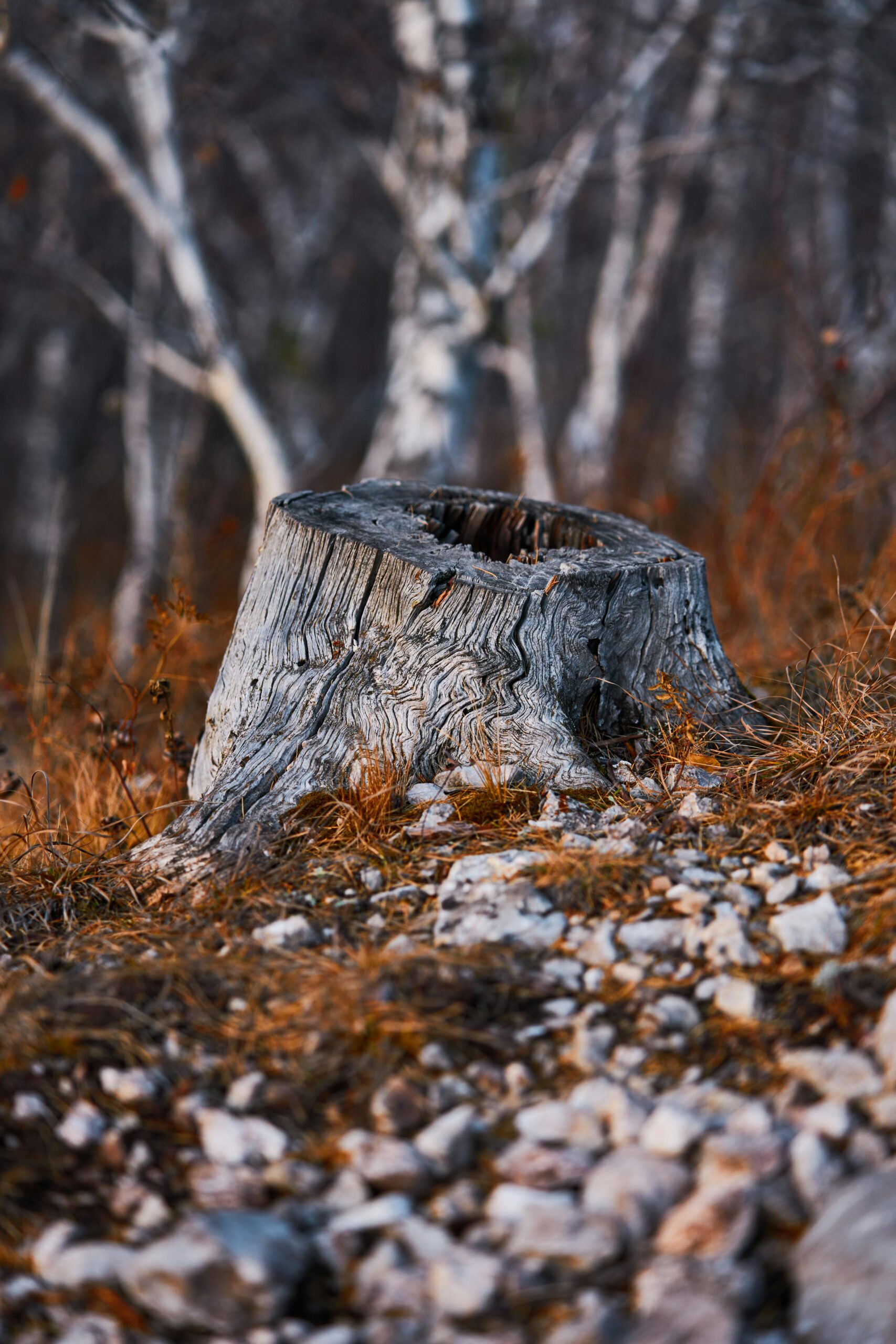Understanding Baumstumpf: A Comprehensive Guide
The Nature of Baumstumpf
**Baumstumpf**, or tree stump, refers to the residual portion of a tree trunk that remains after the tree has been cut down. This stump may vary greatly in size, age, and condition, depending on the species of the tree and the method of removal. Baumstumpf can serve several ecological roles and contribute significantly to the surrounding environment. They can provide habitats for various organisms, support fungal growth, and even aid in soil fertility over time. Understanding the significance of these remnants is essential, especially for gardeners and landscapers looking to manage their landscape sustainably.
Ecological Importance of Baumstumpf
Tree stumps can host a variety of life forms, from insects to mushrooms. The decaying organic material offers essential nutrients to surrounding plants. Certain fungi, known as mycorrhizal fungi, form symbiotic relationships with tree stumps, enhancing nutrient absorption for nearby flora. Additionally, stumps can create microhabitats for birds and small mammals, playing a crucial role in maintaining biodiversity. Understanding this ecological importance can help you appreciate the complexity of forest ecosystems.

Managing Baumstumpf in Landscapes
When a tree is removed, managing the remaining baumstumpf is often necessary for aesthetic and functional landscaping. There are several options available, including natural decomposition, removal, or conversion into functional garden elements. Understanding these choices can help property owners make informed decisions based on their specific landscapes and functional needs.
Natural Decomposition Methods
Allowing baumstumpf to decompose naturally is a low-maintenance option that can enrich the soil over time. This biodegradable approach supports the ecological cycle, ensuring that nutrients from the decaying wood return to the earth. To facilitate this process, you can cover the stump with mulch or compost, which increases moisture and aids in decomposition. Over time, the stump will break down, allowing for new plant growth in its place.
Removing Baumstumpf
If aesthetics or safety is a concern, **removing the baumstumpf** entirely may be the best approach. Professional tree services can grind down stumps or remove them completely, depending on your needs. While this may come with a cost, the improved lawn aesthetic and avoidance of hazards such as tripping can be well worth the investment. Ensure you consider the tree species and size to determine the best removal method.

Transforming Baumstumpf into Garden Features
Another creative option is to repurpose baumstumpf into unique garden features. This imaginative approach can enhance your landscape while promoting sustainability. Stumps can be transformed into planters, tables, or even sculptures that add character to your garden.
Creating Unique Planters from Baumstumpf
Turning a baumstumpf into a planter is a great way to blend functionality and aesthetics. Start by hollowing out the top of the stump, creating a space for soil and plants. Choose shallow-rooted plants that can thrive in limited soil, such as succulents or small annuals. This approach not only reuses the stump but also contributes to your garden’s beauty. Ensure that any bark or decay is managed to prevent pests from infesting the plants.
Using Baumstumpf as Garden Tables or Seating
Another practical use for baumstumpf is to convert it into tables or benches. By smoothing out the surface and potentially adding a finish, stumps can be transformed into appealing rustic furniture. Whether used for outdoor dining or as seating around a fire pit, these repurposed stumps can offer unique charm and functionality to your garden space.
Conclusion: The Value of Baumstumpf in Your Landscape
Baumstumpf may seem like a simple remnant of tree removal, but they possess ecological, aesthetic, and functional importance. Whether you choose to embrace their natural life cycle, remove them, or creatively transform them into garden features, understanding how to manage **baumstumpf** effectively can significantly enhance your landscape. Explore these options and find what best enhances your outdoor space.
FAQ
1. What is the ecological role of a baumstumpf?
Baumstumpf plays a vital ecological role by providing a habitat for various organisms, including insects and fungi. Their decaying organic matter enriches soil quality and supports biodiversity, helping to create healthy ecosystems. It’s an integral part of the forest floor’s nutrient cycle.
2. How can I effectively remove a baumstumpf?
Effective removal of a baumstumpf can be achieved through grinding or complete extraction. Hiring a professional tree service is usually the safest method. However, if you wish to do it yourself, consider renting a stump grinder and follow safety precautions closely to avoid injuries.
3. Can I grow plants in a baumstumpf?
Yes, you can grow plants in a baumstumpf after hollowing out the top. It’s best to select shallow-rooted plants that require minimal soil depth. Ensure that you monitor moisture levels as wooden stumps can retain water, which may affect plant health.
4. What tools are needed for baumstumpf removal?
Basic tools for removing a baumstumpf include a shovel, axe, and a stump grinder if you opt for professional help. For DIY removal, you might also need a chainsaw and a pickaxe for effective excavation.
5. How long does it take for a baumstumpf to naturally decompose?
The decomposition rate of a baumstumpf can vary significantly based on factors like wood type, weather conditions, and local microbial activity. Typically, it can take anywhere from 5 to 10 years for a stump to completely break down naturally.
